.JPG)
.JPG) Old picture scanned from the book, Singapore, An Illustrated History, 1941 ~ 1984, Information Division, Ministry of Culture
Old picture scanned from the book, Singapore, An Illustrated History, 1941 ~ 1984, Information Division, Ministry of CultureToday, I would like to share some information about the old Upper Jurong Road with my young readers. Again I remind readers that this is purely based on my memory and subject to errors of course.
 Tuas Village used to be a nice quiet village famous for its seafood. It was also the terminal for Green Bus no. 175. I have been told that its present location is near to the Tuas Amenity Centre along Tuas Basin Link.
Tuas Village used to be a nice quiet village famous for its seafood. It was also the terminal for Green Bus no. 175. I have been told that its present location is near to the Tuas Amenity Centre along Tuas Basin Link.Tanjong Gul Camp - From Tuas, there was a dirt track which went through some really ‘ulu’ (rustic) terrain leading to 6th SIR or Tanjong Gul Camp. In fact this was the first army camp I ever stepped into. I was visiting my elder brother, David, who was posted to this camp as a recruit in 1970. According to my latest street directory, this camp is still standing at Pioneer Sector 2.
Jalan Bahar Camp – the buildings are still there today but look to be unoccupied. My friend Simon Chu did this BMT (Basic Military Training) here. This place always reminds me of my own BMT 5 km running test. We started from somewhere across the road and ran all the way to Chua Chu Kang cemetery and back. As we had to leave camp (Safti) rather early (in the army, it’s always a case of rushing to wait), I did not have time to ‘do my business’ properly. Finally, I could not take it anymore. Fortunately, there were lots of bushes nearby and I had toilet paper with me (but no entrenching tool though). Anyway, I passed (the test that is).
Benoi Road – We had our 10 km running test here. The start point was near the junction with Upper Jurong Road. The route took us to Jalan Ahmad Ibrahim, Pioneer Circus, Pioneer Road and back to Benoi Road. The Beatles song, The Long and Winding Road, kept playing in my mind as I struggled the grueling 10 km even though the roads were quite straight actually.
Nanyang University itself was a popular attraction for shutterbugs because of its unique Chinese period architecture. Below are 2 photos from my personal collection.
 1970 photo of my brother James and cousin Richard Ng by the Nantah Lake
1970 photo of my brother James and cousin Richard Ng by the Nantah Lake 1969 photo of my old friend Simon Chu was taken next to the clock in front of the Admin Building. This photo was taken during our cycling trip which I blogged about earlier.
1969 photo of my old friend Simon Chu was taken next to the clock in front of the Admin Building. This photo was taken during our cycling trip which I blogged about earlier.




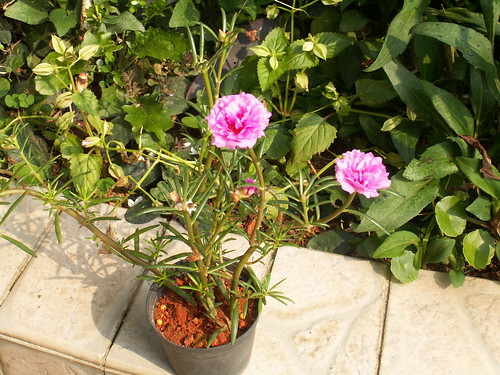
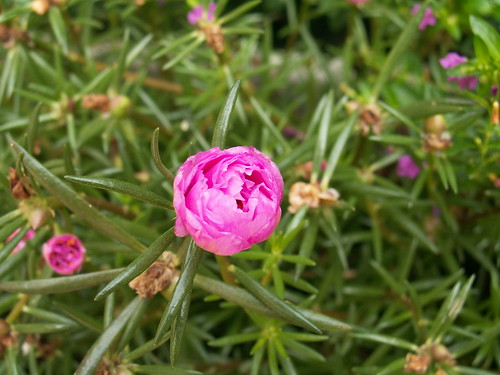
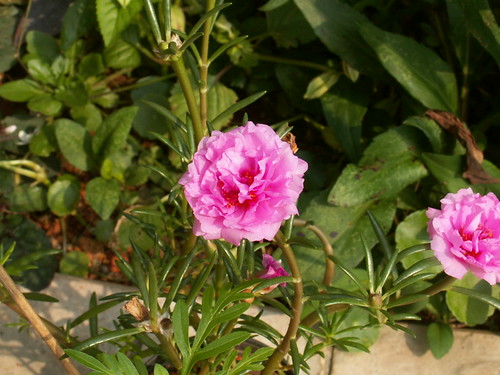
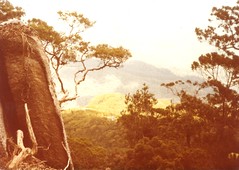

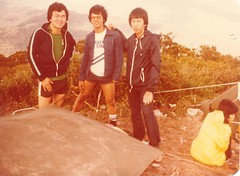

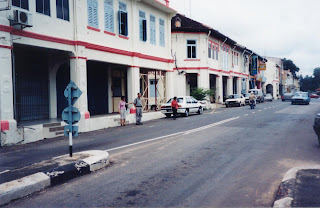 I was born in one of the shop-houses along this street (Jalan Sultan) next to the Segamat River..
I was born in one of the shop-houses along this street (Jalan Sultan) next to the Segamat River.. The Hakka Association building still stands where it did more than half a century ago.
The Hakka Association building still stands where it did more than half a century ago..JPG)
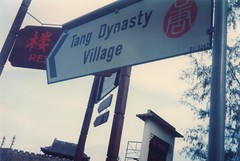
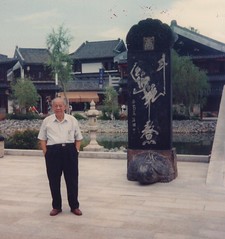
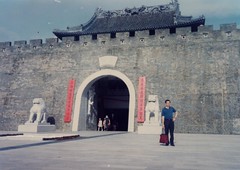
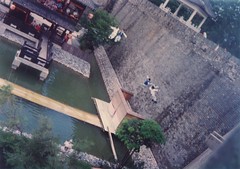
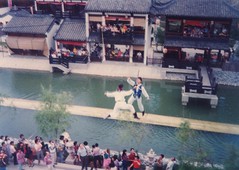
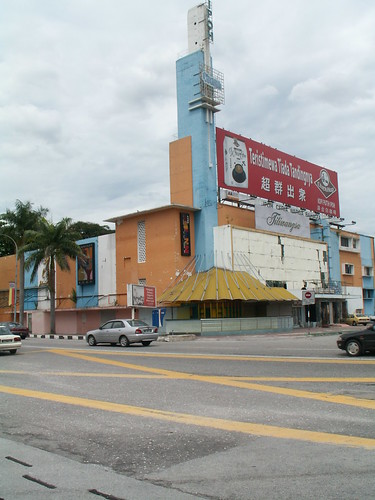



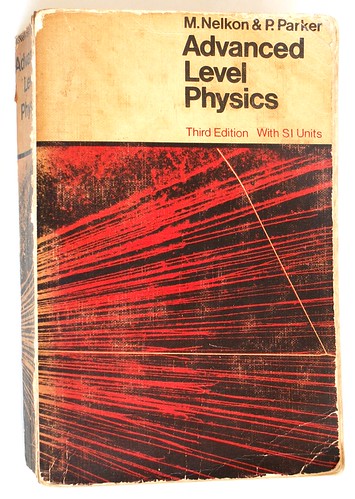
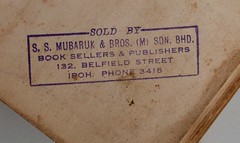
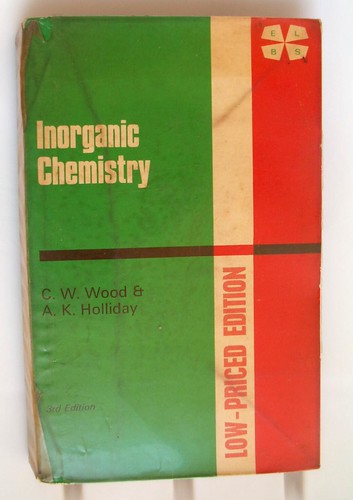
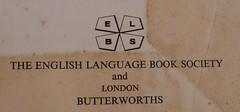






 As for the place, Brian thinks it’s an airport. In that case, most likely it’s Kallang Airport. However, I have a few other similar photos which would suggest that this photo was taken at place called Port Swettenham in 1957. Now I leave the younger readers to figure out for themselves where is Port Swettenham.
As for the place, Brian thinks it’s an airport. In that case, most likely it’s Kallang Airport. However, I have a few other similar photos which would suggest that this photo was taken at place called Port Swettenham in 1957. Now I leave the younger readers to figure out for themselves where is Port Swettenham.




